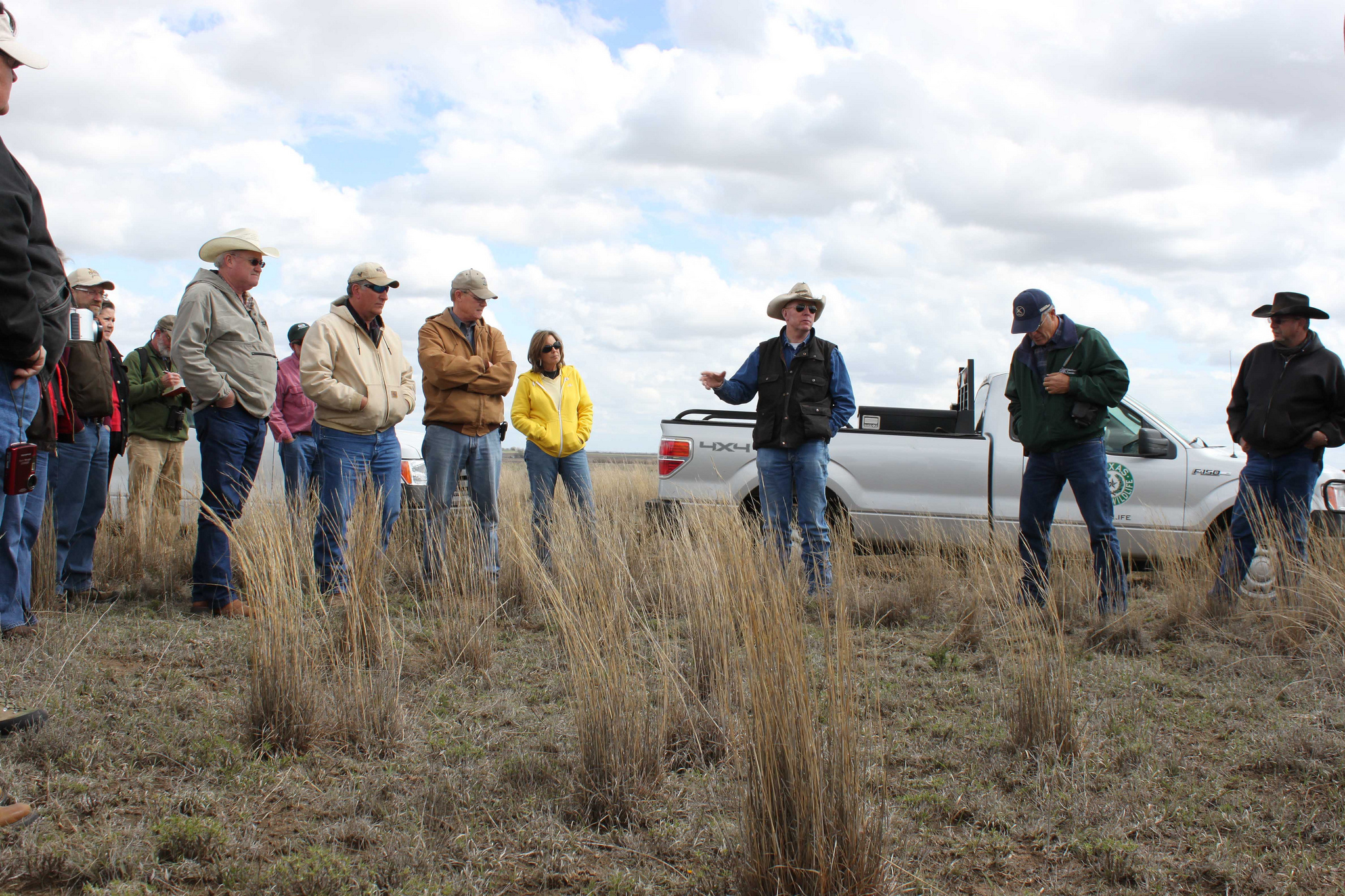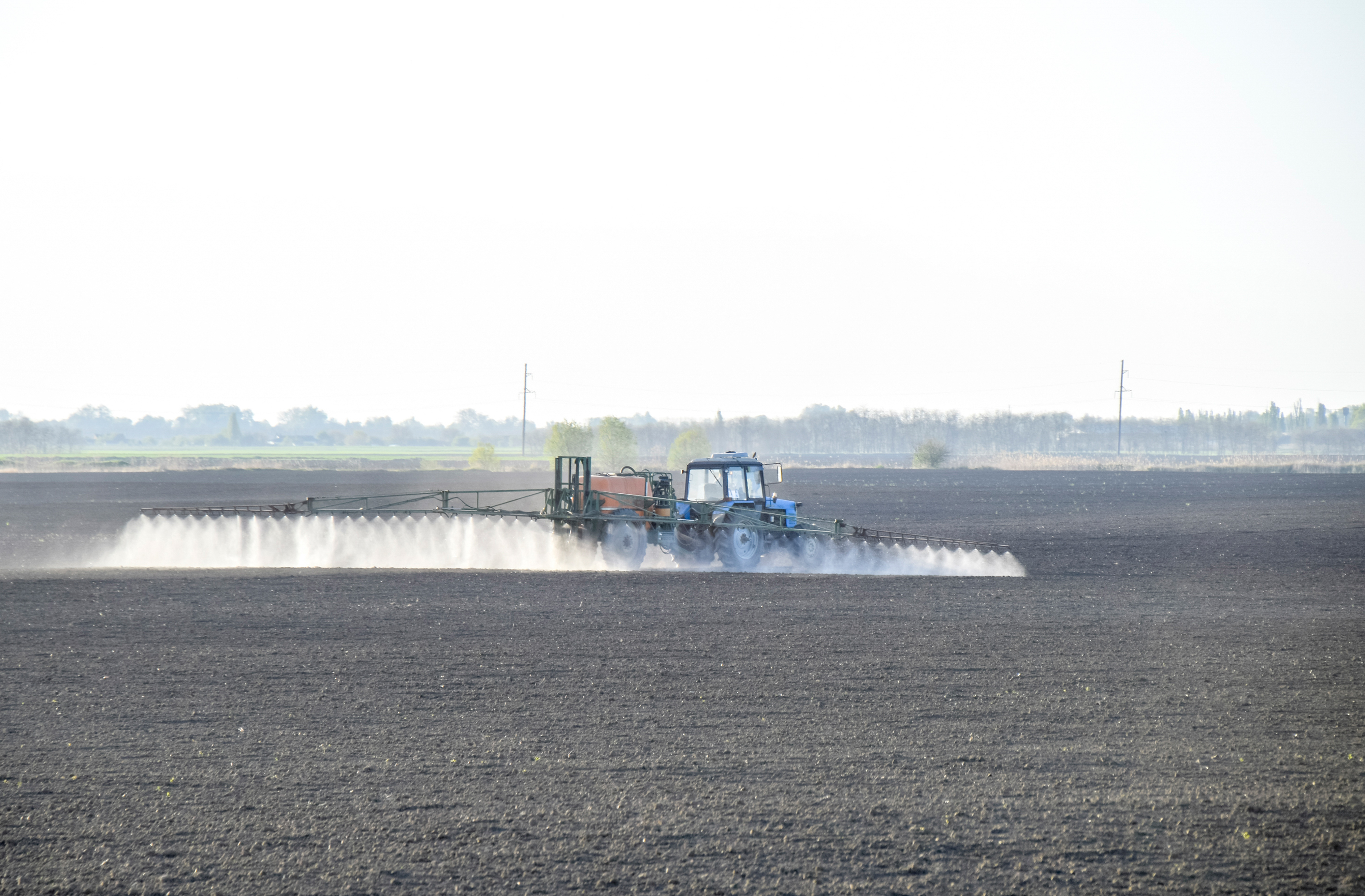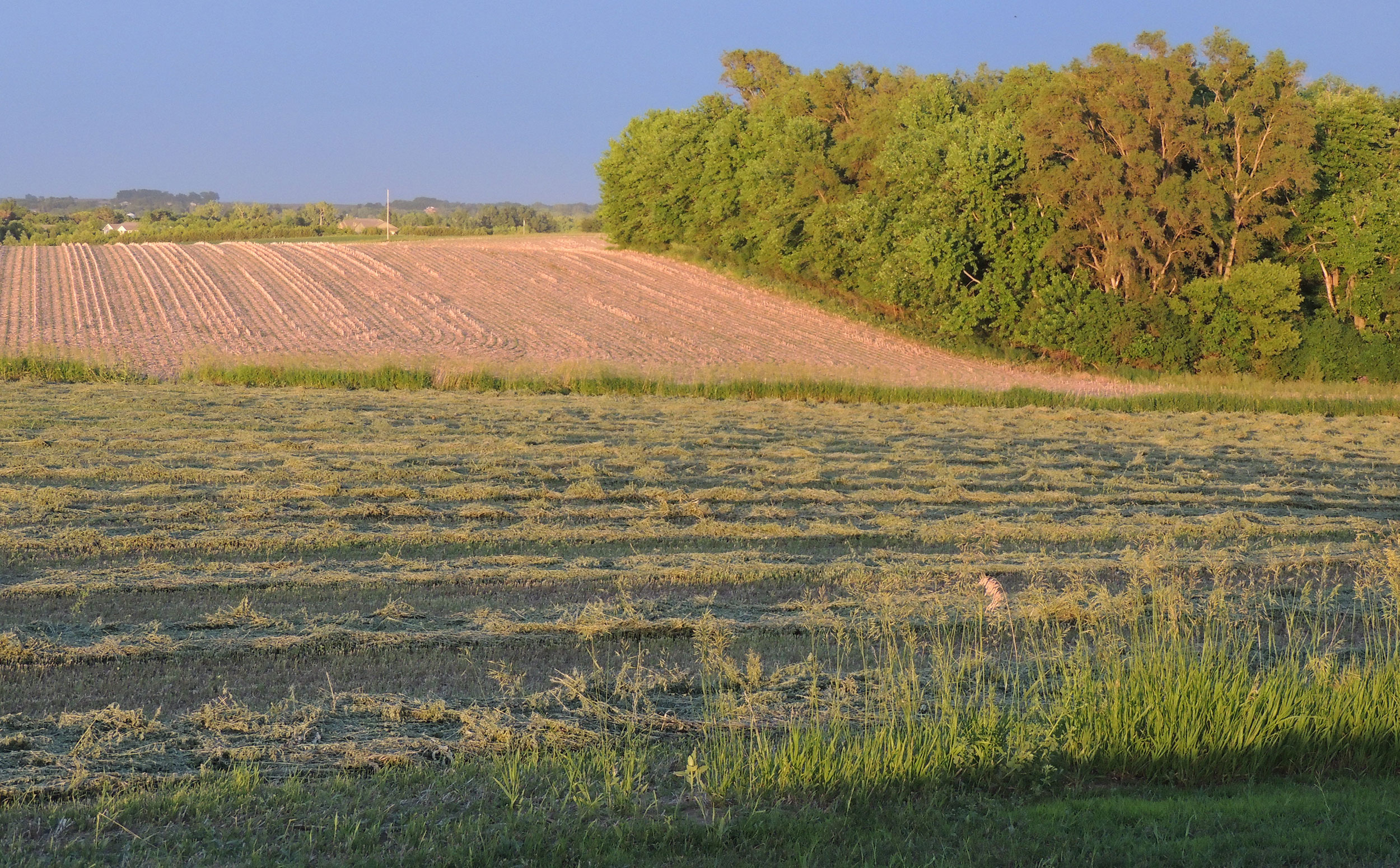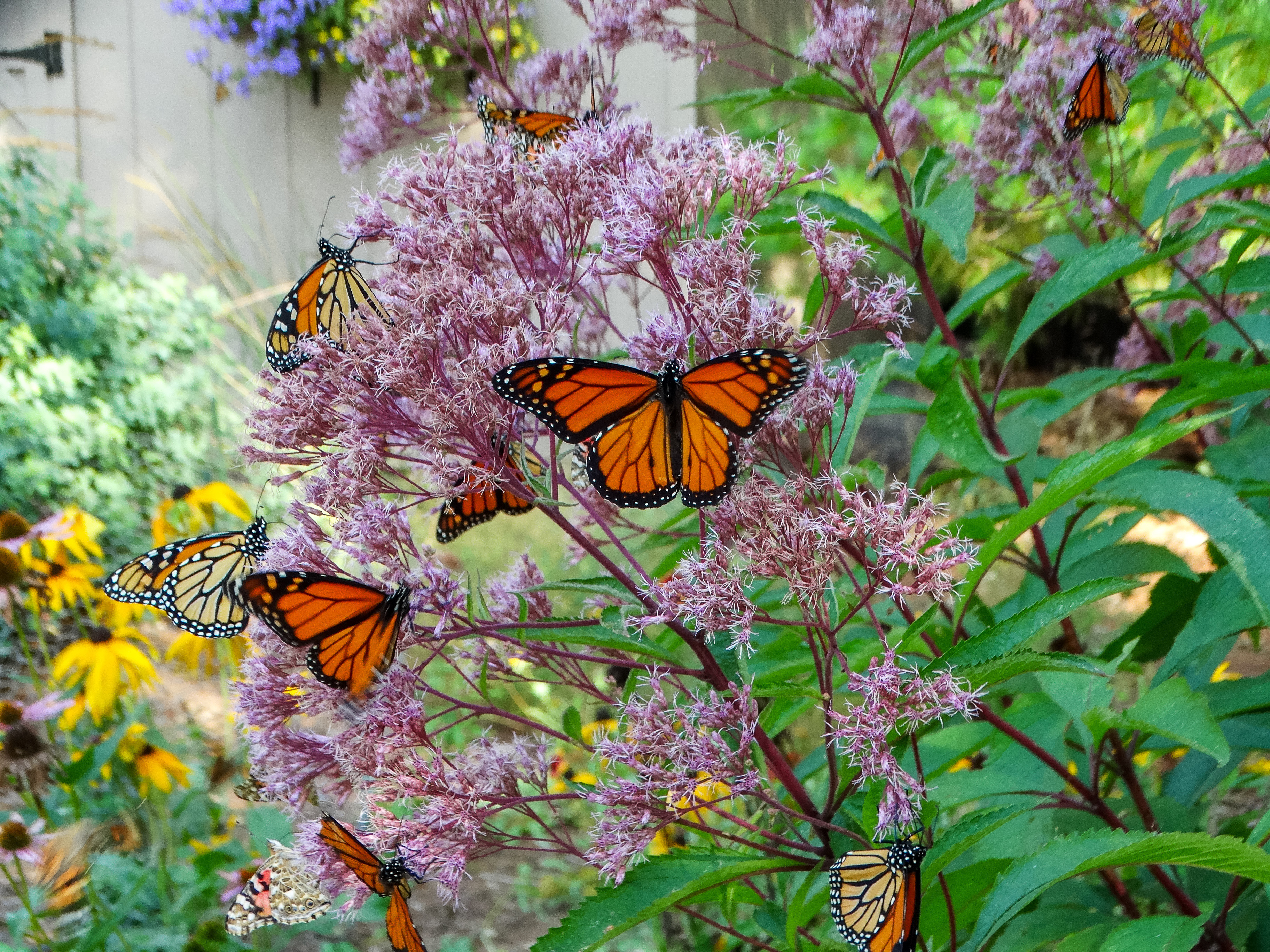Search

2018 Field Plot Summaries for Wheat Disease Management Trials
The wheat disease management field experiments conducted in the 2018 growing season evaluated several experimental and commercially available fungicides for managing foliar, head or root diseases of spring wheat. Foliar and spike/head diseases incidence and severity were assessed. The field experiments were implemented at Volga Research Farm and Northeast Research Farm (NERF) near South Shore, SD. Results of the same experiment may vary between Volga and Northeast due to environmental differences between the two locations.

Sorghum Weed Control
Early competition, especially from grass, is critical for successfully controlling weeds in sorghum. There are preemergence as well as postemergence herbicides available for this crop. Early treatment provides the best control of broadleaved weeds with crop stage also being a critical factor for some postemergence treatments.

Strategic and Scenario Planning in Ranching: Managing Risk in Dynamic Times
A changing marketplace, price volatility, labor availability, record high feeder calf prices, the effects of the ethanol industry: How will your ranch operation adapt?

Herbicide Rotation Restrictions
This is a quick reference guide to common herbicides and their rotation restrictions for selected crops.

Forage Resources Available to S.D. Farmers and Ranchers
Forages are a very important part of the South Dakota livestock and cropping industries. Often, producers have difficulties finding enough forage for their herd or locating a fellow producer to buy, sell or rent forages and grazing acres too. South Dakota now has two widely-recognized, free resources to aid in these connections.

Vegetable Gardening in South Dakota
Whatever your reasons to start a vegetable garden: fresh produce with great flavor, exercise, saving money, enticing children (and adults) to eat healthier food, or knowing where your food came from and how it was grown, this booklet will help you with basic information and tips to get started.

Using Estrous Synchronization in Natural-Service Breeding Situations
Estrous synchronization is typically associated with artificial insemination (AI) programs, and is therefore often viewed as impractical or impossible to use within natural-service herds.

An identification guide to Native Pollinator Plants of South Dakota for Managed Landscapes
A guide of Native Pollinator Plants in South Dakota.

Hydrated Doughs and Batters: How to Safely Handle Food Safety Risks
Making dough and batter is one of the intermediary steps on your way to enjoying great foods, such as scones, cookies, cakes, donuts, pies and more. This article will help you understand the food safety risks associated with food types that have a hydrated batter.

Monthly Cattle Prices and Basis Levels
Effective marketing and risk management techniques often rely on sound benchmarks. Those marketing cattle need reasonable metrics to evaluate received and expected prices.